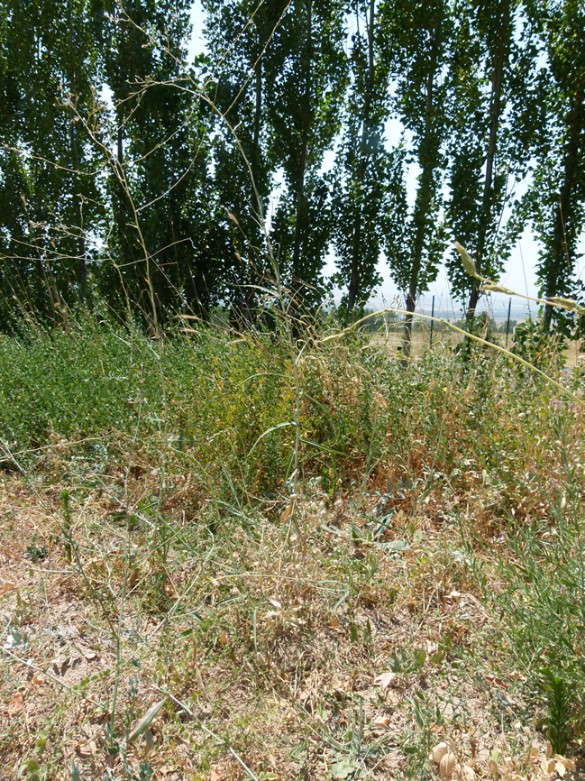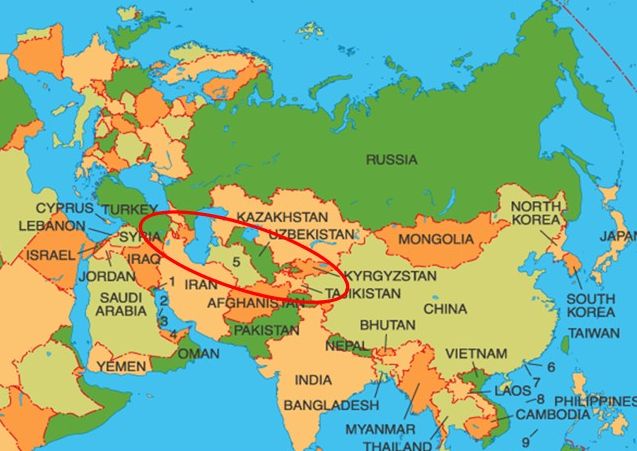



According to Web of Science L. serriola has often been a subject of study (n= 531). However this is not the case for L. altaica as only 12 records were found. Possibly this is due to the fact that many taxonomists view L. altaica as a synonym of L. serriola (Cichoriaea Portal; www.cichoriaea.e-taxonomy.net/portal) and therefore report findings for this species under the species name of L. serriola. Both species belong to the primary genepool of lettuce (Zohary 1991) and L. serriola has been (and is) used to a large extent in the breeding of new lettuce cultivars (e.g. Lebeda et al 2014). Furthermore it is known that both species can be intercrossed successfully (Lindquist 1960).
The distribution area of both species is quite different, whereas L. serriola is a cosmopolitan species, L. altaica can be found in the region in between East Anatolia to West China (Lebeda et al 2004; Fig. 1).

Given the fact that only a few accessions of Lactuca altaica are present in genebanks worldwide and that the species could harbour agronomically interesting traits, a collecting mission to Uzbekistan, a country that is located within the centre of biodiversity of the species, is clearly warranted (photo upper right).
Therefore in the context of an already existing joint plant genetic resources cooperation between the Uzbek Academy of Sciences (Uzbekistan) and CGN (the Netherlands), a collecting project was set-up to sample Lactuca altaica. For L. serriola the need to collect in Uzbekistan is less compared to L. altaica. However, large areas in this country were not yet explored as previous collecting only took place in the eastern part of the country. Therefore, collecting in this expedition took place primarily in the central and southern part of the country.
The collecting mission resulted in the sampling of seeds ca. 2500 plants from a total of 62 populations. Probably 21 populations consisted of Lactuca altaica, 28 of Lactuca serriola and 13 populations consisted of both taxa.